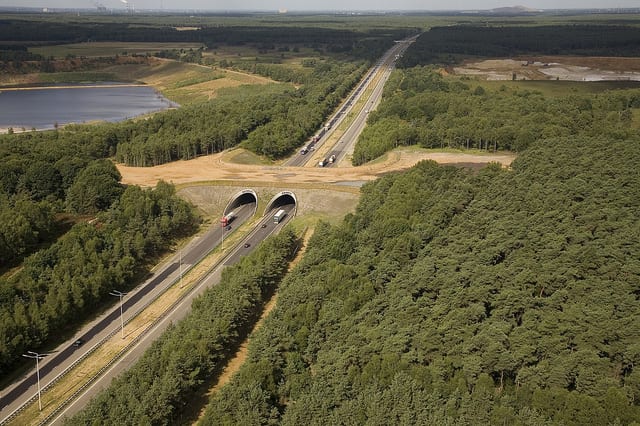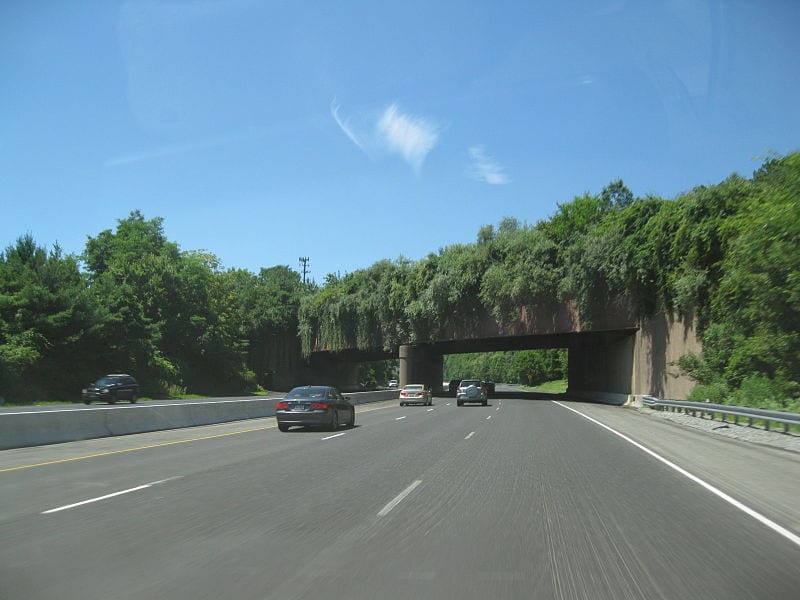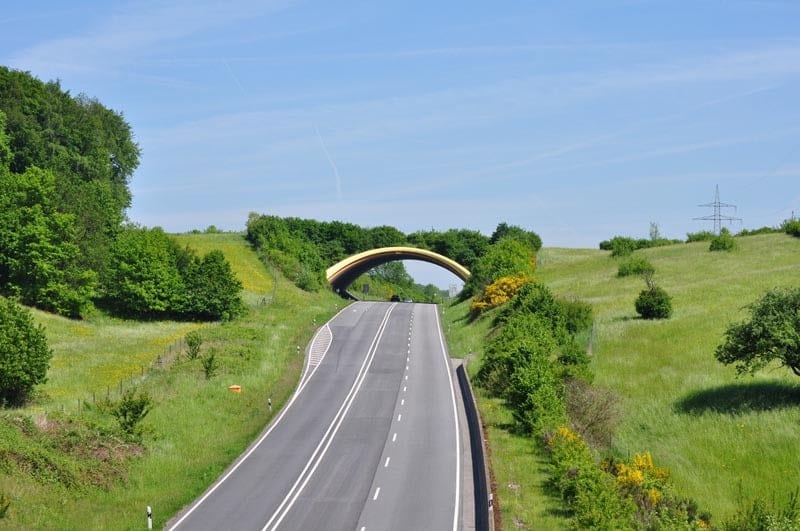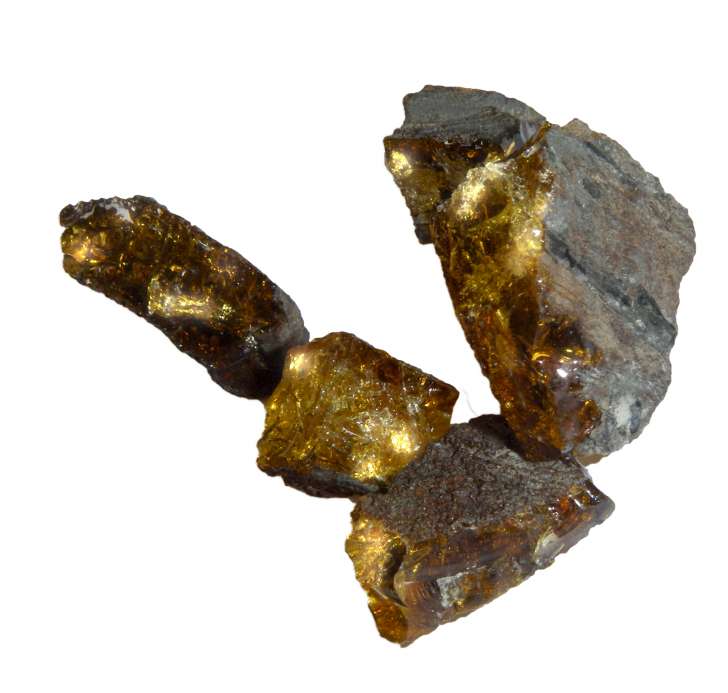Ahhh, good ol’ Microsoft Excel! It’s that program we all lie about how well we know on our resumes, and then just spend half a day Googling it when someone actually asks us to do something slightly advanced on it. But, there are some folks out there who aren’t exaggerating their Excel mastery at all.
An international competition for Excel spreadsheets took place in Anaheim, California, recently. The competition is limited to participants from ages 12 to 22.
The top prize went to John Dumoulin, a 17-year-old from northern Virginia. He’s never worked in an office — he’s in high school, and he works at Chick-fil-A part-time.
John Dumoulin (17) won an international competition on Microsoft Excel proficiency, earning $10,000https://t.co/TWLXOkim0e pic.twitter.com/XGoK0LYUMK
— Tony De Jonker (@TonyDeJonker) August 15, 2017
John first learned about the competition through an IT class at school. He scored the highest score on the Microsoft Excel 16 certification exam in Virginia, leading him to a national competition and then the international competition, where he won $10,000 in prize money.
John says he was surprised to learn that people actually take these competitions very seriously.
“Some of the foreign countries, they’ve been training for hours and hours and hours on end,” he said.
Photo Credit: Excel Easy
“When you first meet the international students, everyone’s friendly, but when they find out you’re competing against them in the same category, they get this fire in their eyes. They want to win.”
“Most of us in an office think that we know how to use Excel. These kids really know,” said Aaron Osmond, general manager of Certiport, the company that runs the competition.
The post There’s a Championship for Excel Spreadsheets, and a 17-Year-Old Just Won appeared first on UberFacts.















 .
.


 (@ImogenWatersX)
(@ImogenWatersX)  IG: Vintagexpast (@vintage0threads)
IG: Vintagexpast (@vintage0threads)  #SAVEODAAT (@awizardharreh)
#SAVEODAAT (@awizardharreh) 








